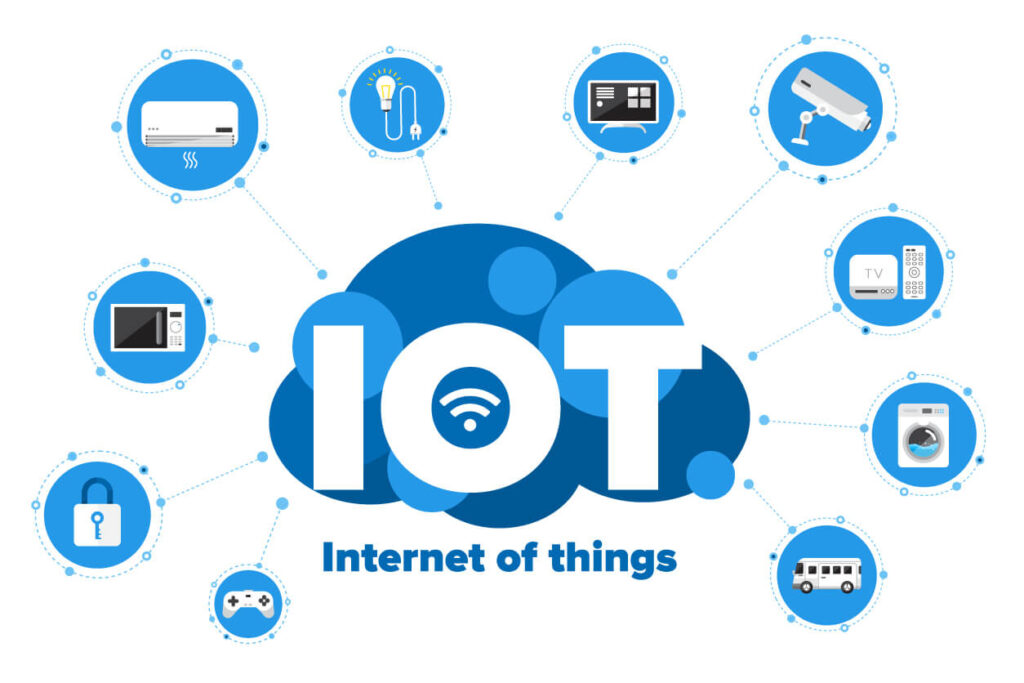Cybersecurity and IoT: Protecting Your Connected World
The Internet of Things (IoT) has revolutionized the way we live and work, with connected devices and sensors powering everything from smart homes to industrial automation. But with this increased connectivity comes increased risk, as cybercriminals look to exploit vulnerabilities in IoT devices and networks. In this post, we’ll explore the importance of cybersecurity in the IoT era, and provide tips for protecting your connected world.
Why Cybersecurity Matters in the IoT Era
The IoT has transformed the way we interact with technology, but it has also created new security challenges. With billions of devices connected to the internet, each with its own unique vulnerabilities, the attack surface for cybercriminals has expanded significantly. In addition, many IoT devices are designed with convenience in mind, rather than security, which can leave them open to attack.
The consequences of a successful cyber attack on an IoT device or network can be severe. In a smart home, an attacker could gain access to sensitive information such as personal data or financial information, or even control devices such as smart locks or security cameras. In an industrial setting, a cyber attack on an IoT network could disrupt production or cause damage to critical infrastructure.
Tips for Protecting Your Connected World
So, what can you do to protect your IoT devices and networks from cyber-attacks? Here are some tips:
Choose secure devices: When selecting IoT devices, look for those that have been designed with security in mind. This may mean paying a little more for a device that has been independently tested and certified, but it’s worth it for the added peace of mind.
Keep software up-to-date: Regularly update the firmware and software on your IoT devices to ensure that they have the latest security patches and bug fixes.
Use strong passwords: Choose strong, unique passwords for all your IoT devices, and change them regularly.
Secure your network: Use a strong, unique password for your Wi-Fi network, and enable encryption. Consider using a separate network for your IoT devices, or a virtual private network (VPN) to add an extra layer of security.
Monitor your devices: Keep an eye on your IoT devices for any unusual activity or behavior. Some devices may have built-in security features, such as alerting you if someone tries to log in with the wrong password.
Educate yourself: Stay up-to-date on the latest security threats and best practices for IoT security. Consider attending training sessions or webinars, and read blogs or articles from reputable sources.
Conclusion
The IoT has brought unprecedented convenience and connectivity to our lives, but it has also created new security challenges. By taking steps to secure your IoT devices and networks, you can help protect your personal information, your home, and your business from cyber threats. Remember to choose secure devices, keep software up-to-date, use strong passwords, secure your network, monitor your devices, and educate yourself on the latest threats and best practices for IoT security.
